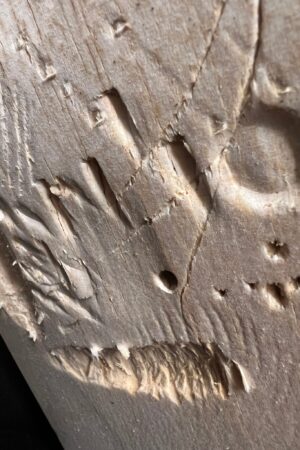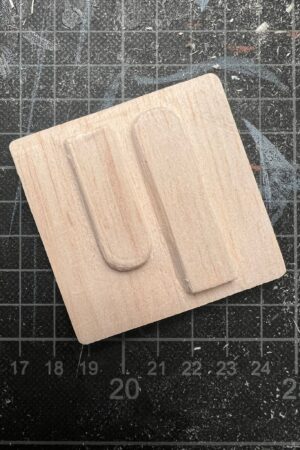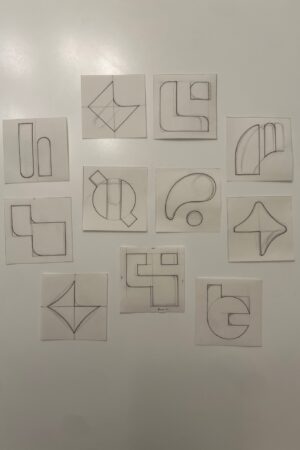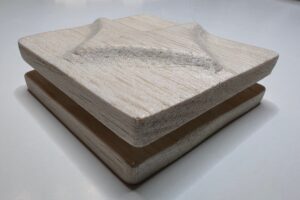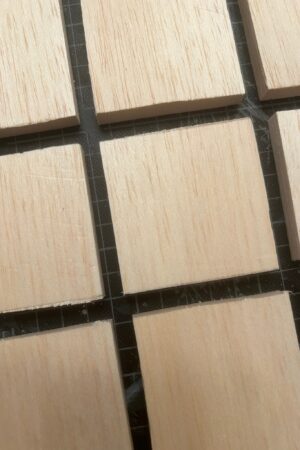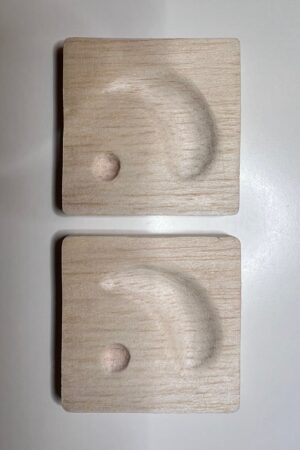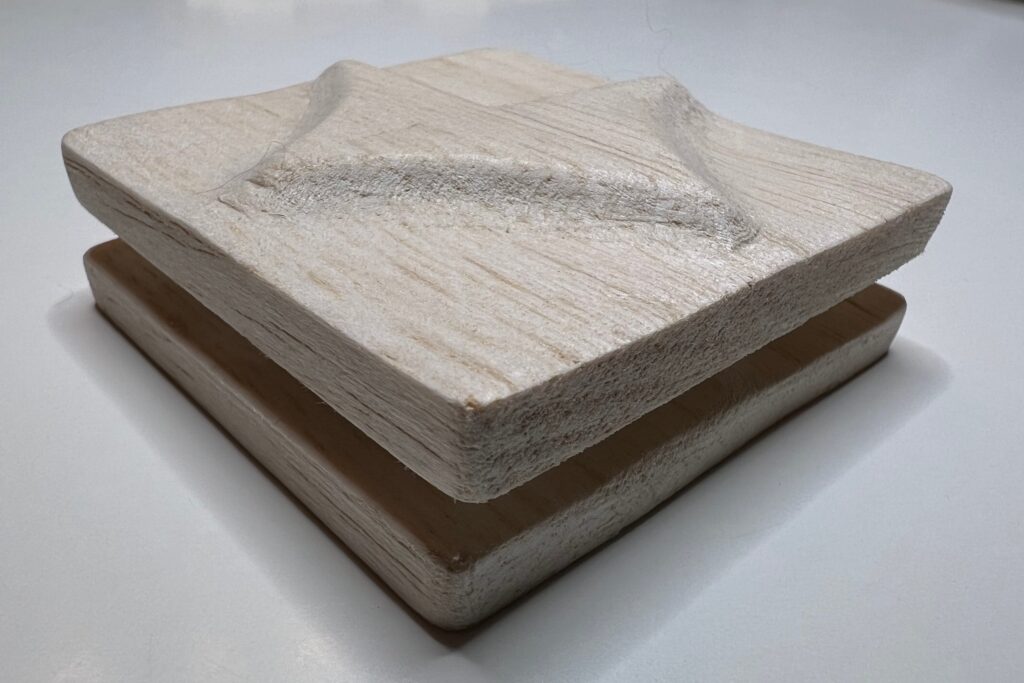Materials constantly change over time through our habits and
movement patterns. We often see this as a negative effect, leading us to replace worn-out objects with something new. However, in some cases, this natural aging process is embraced as an aesthetic choice—whether in the form of a „retro“ look or the intentional wear applied to reliced guitars.
Relicing guitars is a fascinating niche in the music world, sparking many different opinions. But beyond aesthetics, the process has practical benefits. A reliced guitar often feels more comfortable in the hands, making it easier to play. It can also influence the sound, giving it a more broken-in, vintage character. Some musicians even find it psychologically freeing—when an instrument no longer feels pristine, it’s easier to fully engage with it without hesitation. This idea of wear not just as a visual effect but as something functional made me think about how it could be applied to design, materials, and products in general. The way materials age is unique, yet it follows recognizable patterns shaped by human interaction.
Where else could this principle be applied, and what benefits could it bring? One clear advantage is sustainability. Instead of discarding and replacing objects, we could design them to evolve with use, making wear a desirable feature rather than a flaw. Over time, this would lead to increased comfort, a distinct and personal aesthetic, and an ergonomic feel tailored to the individual. Rather than fighting entropy, we could embrace it—turning the natural passage of time into something that enhances both form and function.
The idea is to create a memory card game made from balsa wood—a soft, lightweight material that shows signs of wear and deforms faster than other types of wood. Like in a traditional memory game, the cards will come in pairs, each featuring
a unique three-dimensional carved pattern along with a two-colour design. Over time, as the game is played—especially
well-suited for children, the elderly, and people with vision impairments—the cards will naturally wear down. The first signs of aging will appear in the fading colours, followed by subtle deformations in the wood itself. This gradual change makes the game increasingly challenging, stimulating brain function and memory in a new way. What makes this special is that the cards develop their own distinct character through use. Time may alter their original appearance, but it doesn’t take away your ability to remember—on the contrary, it strengthens it.
The project:
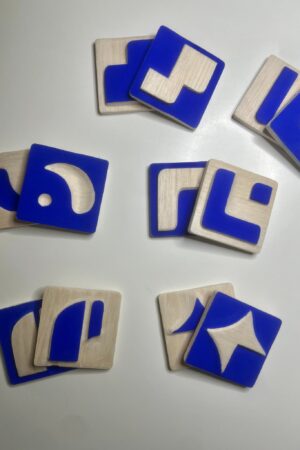
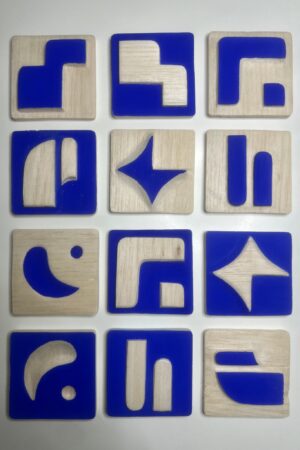
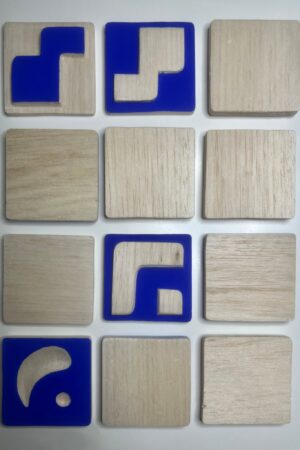
The process:
